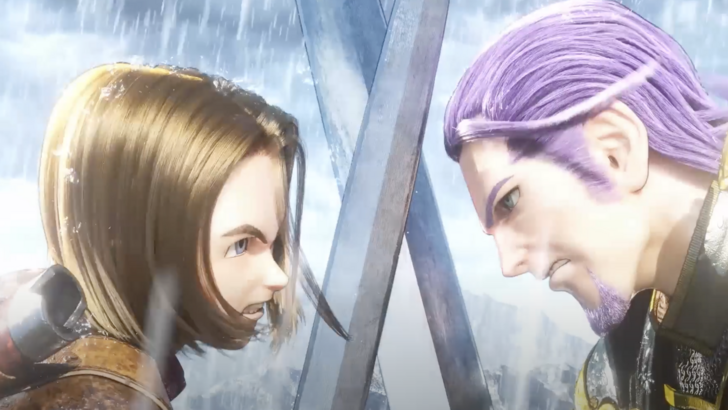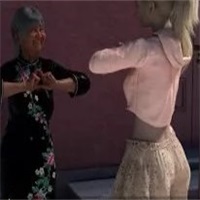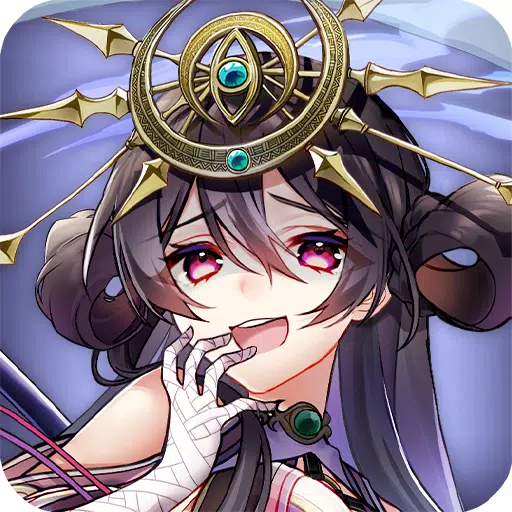
Yuji Horii, creator of the Dragon Quest series, and Katsura Hashino, director of Metaphor: ReFantazio, recently discussed the evolving role of silent protagonists in modern RPGs. Their conversation, excerpted from the "Metaphor: ReFantazio Atlas Brand 35th Anniversary Edition" booklet, highlights the challenges presented by increasingly realistic graphics.
Horii, referring to the Dragon Quest protagonist as a "symbolic protagonist," explained that the silent character allows players to project their own feelings into the game. This approach worked well with the simpler graphics of earlier games, where a lack of detailed animations didn't make the silent protagonist seem incongruous. However, Horii acknowledges that in today's visually rich gaming landscape, a static, non-reactive character can appear jarring. He humorously noted that a silent protagonist in a modern game might simply look "like an idiot."
Horii's background as an aspiring manga artist and his passion for storytelling influenced Dragon Quest's design. The game's narrative unfolds primarily through dialogue, minimizing narration and maximizing player interaction. This approach, while effective in the NES era, presents a significant challenge in the age of advanced graphics and detailed character models. Horii concludes that depicting a silent protagonist effectively in increasingly realistic games will be an ongoing hurdle.
Hashino, whose upcoming game features a fully voiced protagonist, contrasts this with the Dragon Quest approach. He praises Horii's focus on the player's emotional experience, noting how Dragon Quest consistently considers the player's emotional response to in-game dialogue, even in seemingly minor interactions with NPCs. This player-centric design philosophy distinguishes Dragon Quest, even as other RPG series, such as Persona, have moved towards fully voiced protagonists. The discussion ultimately underscores the evolving relationship between game design, technological advancements, and the player's emotional engagement.















